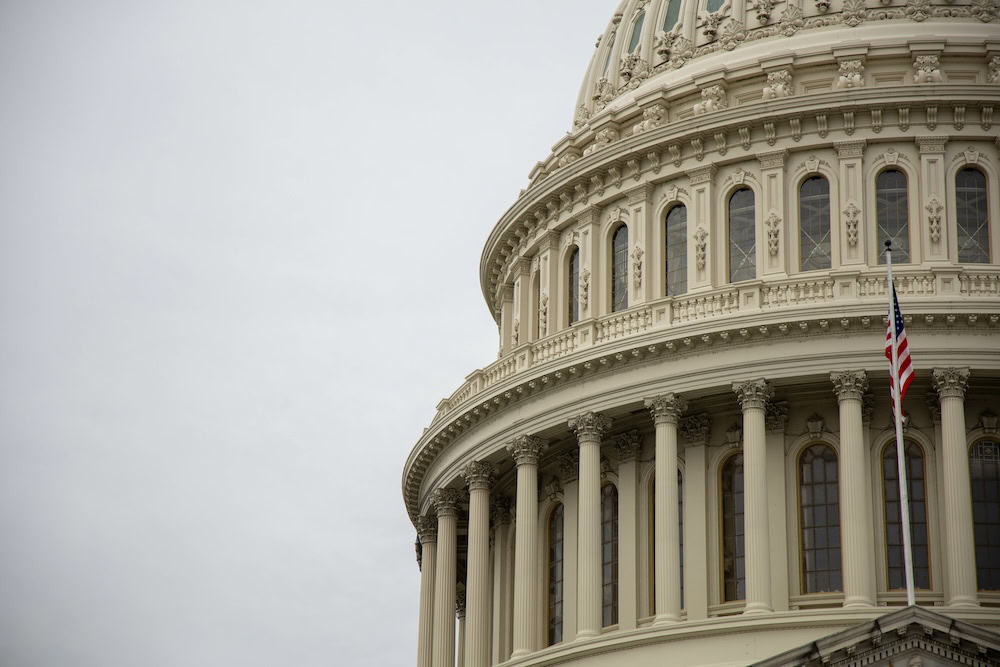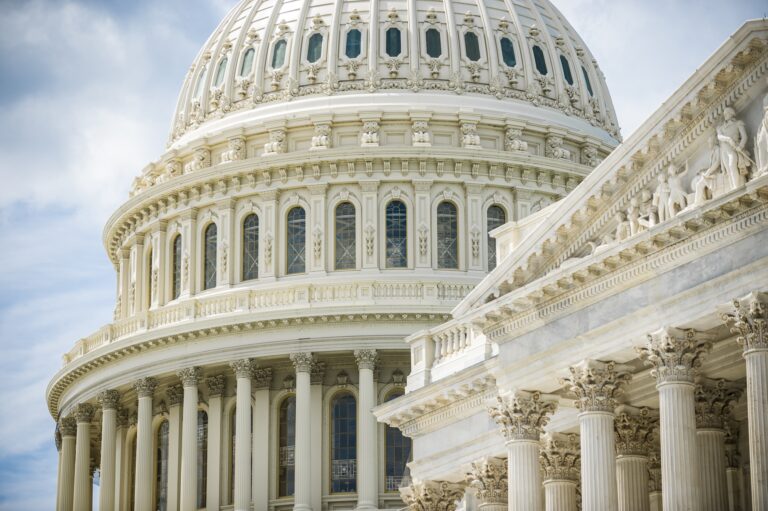The start of 2025 has brought several potential changes to the larger healthcare market. Check out the latest to stay informed about potential regulatory shifts.
- Senate confirmation of nominees to serve in key government posts will help advance the agenda of the Trump Administration. With trifecta control, the Republicans are well positioned, at least through 2026, to advance their policy agenda. This includes a strong focus on drug control and diversion activities, such as Make America Healthy Again, as well as the reduction of government fraud, waste and abuse. To date, Robert F. Kennedy Jr. has been confirmed as Secretary of Health and Human Services and Doug Collins has been confirmed as the Secretary of the Office of Veterans Affairs. At the sub-cabinet level, Dr. Marty Makary (FDA) and Dr. Mehmet Oz (CMS) have also been confirmed. Terrance Cole (DEA) is pending confirmation. Steve Davis and Amy Gleason (previously CPO of Main Street Health) have been tapped to lead the Department of Government Efficiency (“DOGE”).
- Continued flurry of Executive Orders and Memorandums coming out of the Trump White House. Of note is the regulatory freeze and the deregulatory agenda of the new Administration – for each new regulation, 10 regulations must be eliminated. This is a high bar for any agency, and there has been a noticeable slowdown in rulemaking by the new administration and postings in the Federal Register.
- Congress avoided a pending government shutdown and funded the federal government through Sept. 2025 with the passage of the Continuing Resolution. Now, Congress and the Administration have shifted their focus to the reconciliation process which could result in reductions to spending in a variety of categories, including programs such as Medicaid. Mandatory spending on priorities like defense, social security, Medicare and Medicaid currently accounts for 60% of all government spending. Efforts to reduce the size and scope of the federal government and pay for the continuation of the Trump tax cuts are not likely to be achieved without offsets that involve reductions in mandatory spending. To that end, the House-passed Budget Resolution has directed the Energy and Commerce Committee to find $880 billion in savings – a large portion of the budget under the jurisdiction of the Energy and Commerce Committee is for Medicaid. The details of what specific cuts would be made, or how the Senate will negotiate budget cuts to align with its own Budget Resolution, are being considered as part of the reconciliation process right now. This process could last several months. Because reconciliation requires a simple majority to advance, Republicans could move reconciliation through both the House and Senate without any Democrat votes, so that the negotiations will happen within and among Republican negotiators. A reduction in federal Medicaid cost sharing would lead to cost shifting of state budgets. As states must balance their budgets, reductions in federal funding for the Medicaid program at the state level will likely lead to further adjustments at the state level, although the extent and focus of those reductions will vary by state.
While the Republicans are expected to maintain control of the Senate for the foreseeable future, the Trump Administration is viewing 2025 and 2026 as valuable windows to pursue their agenda. Expect more to come in the months and years ahead as the Trump Administration seeks to redefine and reshape the role of the federal government.
At Bamboo Health, we’re committed to helping organizations navigate any changes with actionable insights and strategies. Contact us today to learn how our solutions can empower life-improving actions for everyone experiencing physical and behavioral health disorders.



